This article explores the list of National Symbols of India like National Song, National Days, National Flower, National Tree, National Fruit, National Crop, National Animal, National Flag, National Anthem, National Sweet, etc
- National Flag of India – Tiranga
- National Anthem of India – Jana Gana Mana
- National Song of India – Vande Mataram
- National River of India – Ganges
- National Flower of India – Indian Lotus
- National Fruit of India – Mango
- National Tree of India – Indian Banyan
- National Animal of India – Bengal Tiger
- National Bird of India – Indian Peafoul
- National Heritage Animal of India – Elephant
- National Reptile of India – King Cobra
- National Aquatic Animal of India – Ganges river dolphin
- National Calendar of India – Saka calendar
- National Emblem of India – State Emblem of India
- National Currency of India – Indian Rupee
- National Vegetable of India – Pumpkin
- National Pledge of India – Oath of Allegiance
- National Symbols of India: FAQs
National Flag of India – Tiranga
The national flag of India is a symbol of freedom and unity. It is a horizontal rectangular shape with three colour. It is also called Tiranga or Tricolor. The name os three colours are Indian saffron at the top, white in the middle, and Indian green in the bottom. The Indian saffron(Orange) color symbolizes courage and sacrifice, white colour symbolizes truth and peace, and green is a sign of faith and fertility. It has Ashoka Chakra with 24 spoke wheel, in navy blue colour at the center. Khadi cloth material is use to make the Indian flag. The national flag hosted on special occasions like Independence day 15th August, and Republic day 26th January.
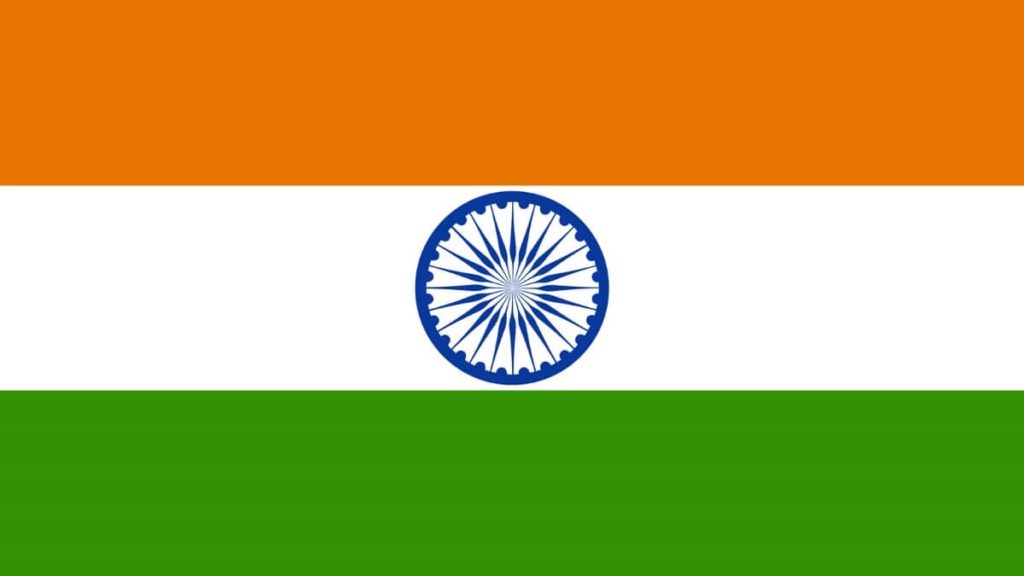
In between the movement of independence, several designs were varying by the rulers of different states. The last model of the flag was proposed by Pandit Jawaharlal Nehru at the constituent Assembly on 22 July 1947. There is some design, and constructional details are given by Flag Code of India, as the length of the flag is 1.5 times that of width. The three stripes of the flag should be equal in width and height. Also, Ashoka Chakra should be printed on both sides by norms and conditions. This article explores National Symbols of India and Meaning with Images.
National Anthem of India – Jana Gana Mana
| Title | Jana Gana Mana |
| Music by | Rabindranath Tagore |
| Lyrics by | Rabindranath Tagore |
| Raga | Alhiya Bilawal |
| Written on | 11 December 1911 |
| First sung on | 27 December 1911 |
| Declared as National Anthem on | January 24, 1950 |
| Time to play | 52 seconds |
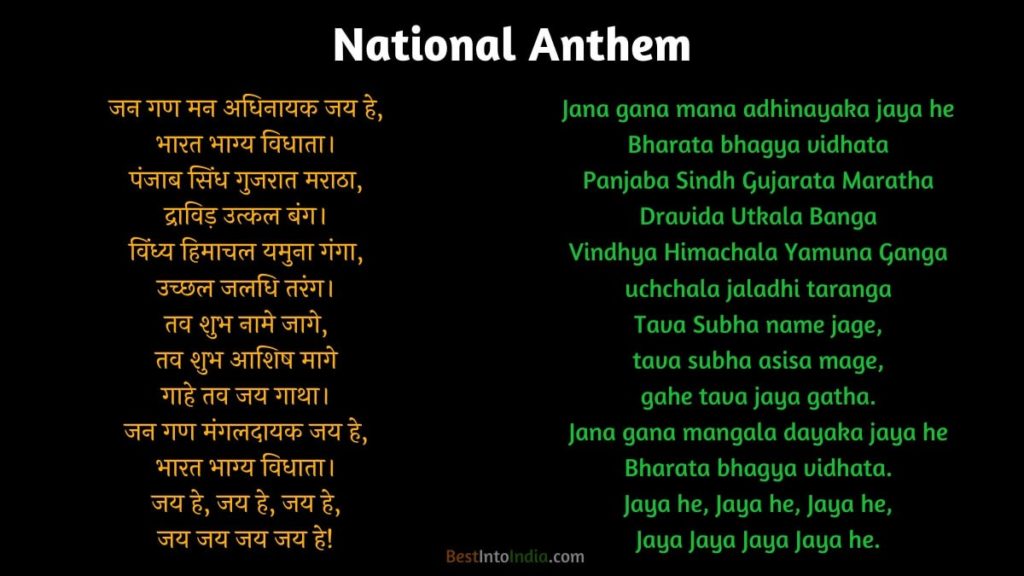
Devanagari script
जनगणमन अधिनायक जय हे,
भारत भाग्य विधाता।
पंजाब सिंध गुजरात मराठा,
द्राविड़ उत्कल बंग।
विंध्य हिमाचल यमुना गंगा,
उच्छल जलधि तरंग।
तव शुभ नामे जागे,
तव शुभ आशिष मागे
गाहे तव जय गाथा।
जनगणमंगलदायक जय हे,
भारत भाग्य विधाता।
जय हे, जय हे, जय हे,
जय जय जय जय हे!
Official Romanisation
Jana gana mana adhinayaka jaya he
Bharata bhagya vidhata
Panjaba Sindh Gujarata Maratha
Dravida Utkala Banga
Vindhya Himachala Yamuna Ganga
uchchala jaladhi taranga
Tava Subha name jage,
tava subha asisa mage,
gahe tava jaya gatha.
Jana gana mangala dayaka jaya he
Bharata bhagya vidhata.
Jaya he, Jaya he, Jaya he,
Jaya Jaya Jaya Jaya he.
National Song of India – Vande Mataram
Vande Mataram is our national song written by Bankim Chandra Chatterjee in the 1870s. this song is a source of motivation for every freedom fighters in the time of independence. ‘Vande Mataram’ originally was India’s national anthem, But ‘Jana Gana Mana’ was adopted as a national anthem after independence. The English translation of these songs made by Sri Aurobindo, and in Urdu translated by Aarif Mohammad Khan. Also, the song is taken from Anand Math, published in 1882. That was written by Chandra Chatterjee Bankim.
These songs’ first two stanzas are in Sanskrit, and remaining are in Bangla. Also, it first is sung in 1896 in Calcutta by the Indian National Congress convention. This song is also very respectful, like our National Anthem. It got the status of the National song of India on 24 January 1950 by the Indian Constitution.
Devnagari script
वन्दे मातरम्।
सुजलाम् सुफलाम्
मलयज शीतलाम्
सस्यश्यामलाम्
मातरम्।
वन्दे मातरम्।
शुभ्रज्योत्स्नाम्
पुलकितयामिनीम्
फुल्लकुसुमित
द्रुमदलशोभिनीम्
सुहासिनीम्
सुमधुर भाषिणीम्
सुखदाम् वरदाम्
मातरम्।।
वन्दे मातरम्। वन्दे मातरम्।
Official Romanisation
Vande Mataram!
Sujalam,suphalam,
malayaja shitalam,
Shasyashyamalam,
Mataram!
Vande Mataram!
Shubhrajyotsna
pulakitayaminim,
Phullakusumita
drumadala shobhinim,
Suhasinim
sumadhura bhashinim,
Sukhadam varadam,
Mataram!
Vande Mataram, Vande Mataram!
National River of India – Ganges
The Ganges is a national river of our country. In November 2008, the Government of India declared the river as the national river of India. It is also called as Ganga. Ganga is an essential river among all rivers in India. The distance cover by this river is almost up to 2525 kilometers. It starts from Himalaya Uttarakhand and travels towards the Bay of Bengal.
In this river, we can find different types of fishes, snakes, and dolphins as well. This river water contains the Bacteriophage virus. It can kill some dangerous microorganisms. Various holy pilgrimage is situated on the edge of this river, like Varanasi, Haridwar, and Pryagraj. People will come to celebrate some religious festival near this river.
National Flower of India – Indian Lotus
Lotus (kamal) is the national flower of our country. This flower found in the mud or dirty water. It is a beautiful looking flower among all the flowers. This flower’s scientific name is Nelumbo nucifera.
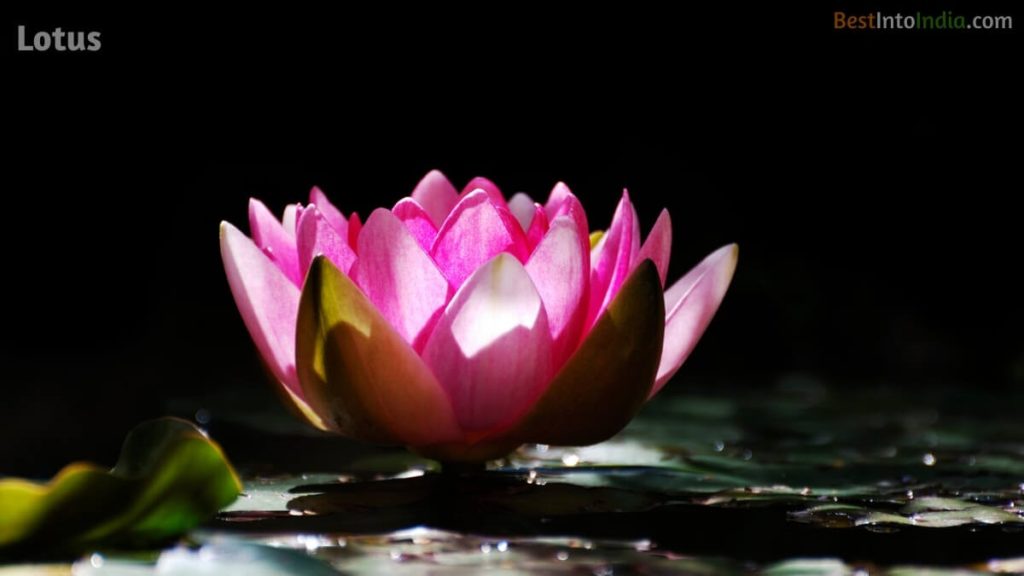
Lotus also represents Vietnam ‘s national flower. We can find this flower in different colours like pink, white, etc. About 100 species of it are found all over the world. We see the lotus flower in the hands of Goddess Lakshmi, which symbolizes wealth, prosperity, and fertility. The length of this flower leaf is 60 to 90 cm.
National Fruit of India – Mango
Mango is India’s national fruit. It is also called as King of Konkan. Mango is a very sweet fruit. From children to an older person, everyone like this fruit. Various mango species are present in the world.
In Konkan, there is a famous species of mango called a Hapus. In India, there are almost 1300 species found in a different region. Devgad hapus, Ratnagiri Hapus, is very famous, and exports worldwide from India.
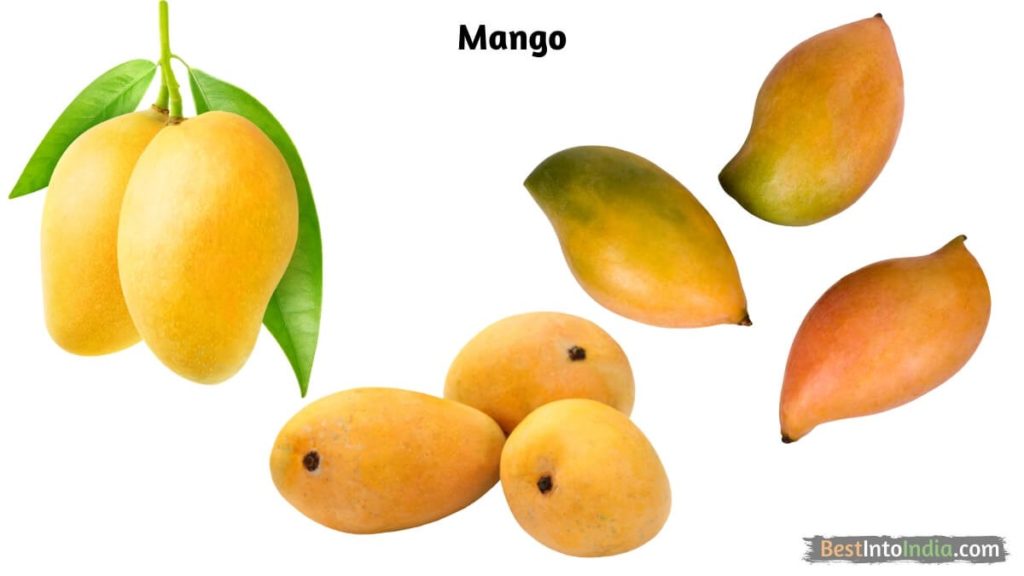
A mango tree can found in equatorial regions. We can get in fruit in the span of April, June months. In Indian culture, mango and leaf have special importance. The scientific research center of this fruit is in Maharashtra Vengurla. This fruit tree can grow up to 30 to 40 meters long. And the width is almost 10 meters.
National Tree of India – Indian Banyan
Banayan tree is India’s national tree. The unity of the country is reflected by the incredible structure and deep roots of the trees. The tree is also called the Kalpavriksha, which means ‘wish-fulfilling tree’.
It is huge and expands in length around 15 to 20 meters. Banayan tree trunk is strong, smooth, and sticky. Leaves are a little bit long, broad, and rounded and a dark green colour. From its leaves, people make food dishes. From its trunk, we can also make oil for use. It has huge medicinal properties and longevity. It also provides shelter for many different animals and birds representing India.
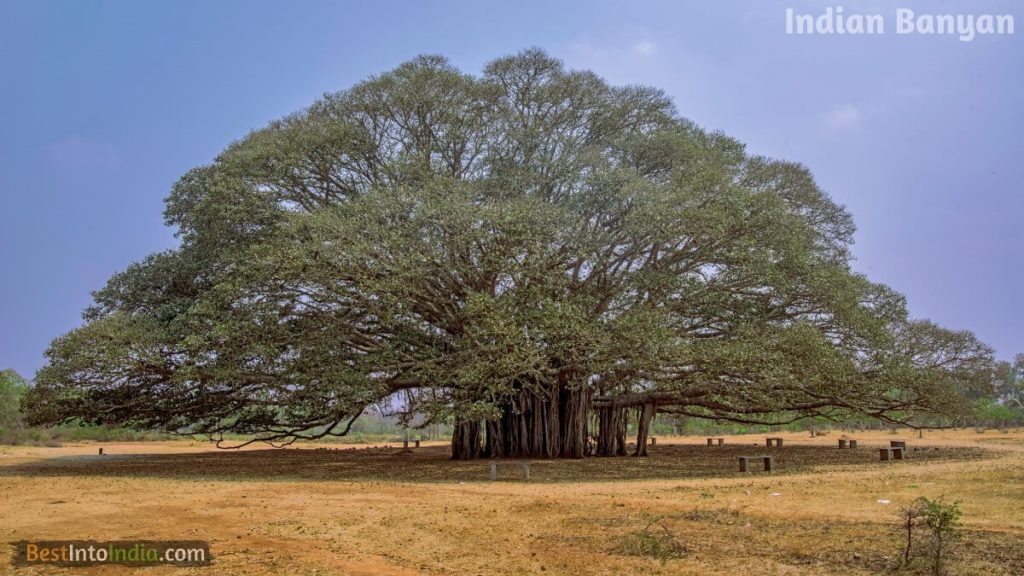
During India’s independence movement, the British killed hundreds of rebels by hanging from a banyan tree. After that, independent India made a banyan tree its national tree.
It’s broken branches reach the ground. They called as Parambi. This tree can live up to so many years. The banyan tree is an essential part of the Hindu religion. Vatapaournima festival is associated with this tree.
National Animal of India – Bengal Tiger
The Royal Bengal Tiger is an Indian national animal. Bengal tiger is a sign of strength, agility, and power. The tiger is called the Lord of the jungle and reveals India’s rich wildlife. The average lifespan of a tiger is between 8 and 10 years in the wild. In Hindi, people called him “बाघ”.
The Bengal Tiger was declared a national animal in India in April 1973, when the Tiger Project was launch to protect tigers in India. Before that, The lion has been India’s national animal.
| Common Name | Royal Bengal Tiger |
| Scientific Name | Panthera tigris tigris |
| Declared National animal in | April 1973 |
| Found in | India, Sri Lanka, Nepal, Myanmar, Bangladesh |
| Average weight | Male – 220 Kg & Female – 140 Kg |
| Average Length | Male – Upto 3 meter & Female – Upto 2.6 meter |
| Average Lifespan | 8 to 10 years in wild |
| Average Speed | 60 km/h |
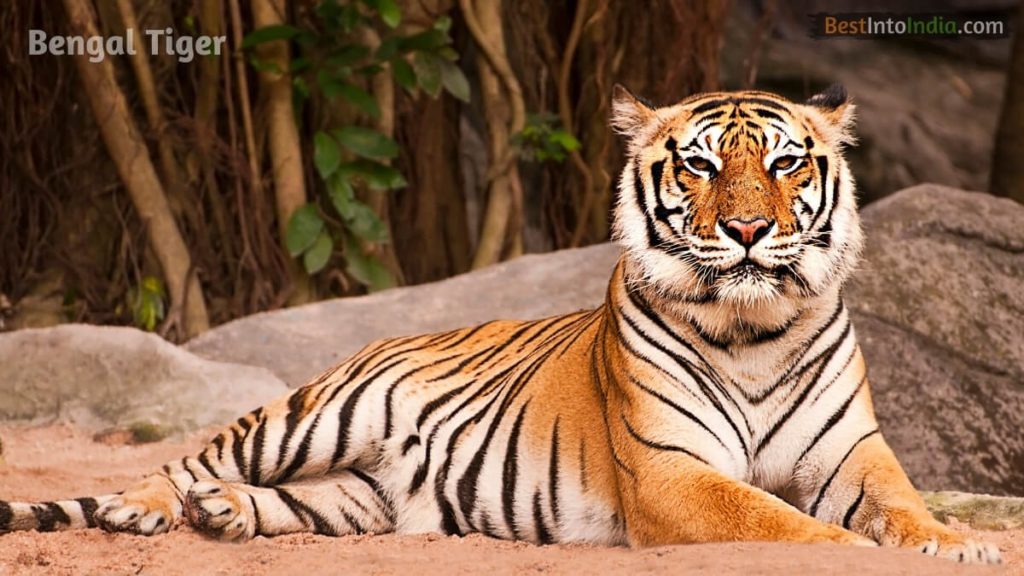
National Bird of India – Indian Peafoul
The Indian National Bird is the Indian Peafowl, also called as the Peacock.
The peacock was declared a National Indian Bird in 1963.
Peacock, the symbol of grace, joy, beauty, love and its presence all over the country.
| Common Name | Indian Peafoul, blue peafowl |
| Scientific Name | Pavo cristatus |
| Designated national bird in | 1963 |
| Found in | April to May – southern India June – northern India January to March – Sri Lanka |
| Habitat | Grasslands, moist and dry deciduous forests, cultivated regions near human habitats, Usually located where water is available. |
| Eating Habits | Omnivorous |
| Average weight | Male – 5 Kg & Female – 3.5 Kg |
| Average Length | Male – Upto 1.95 – 2.25 m & Female – Upto 0.95 m |
| Average Lifespan | 15 to 20 years in wild |
| Average Speed | 13 km/h |
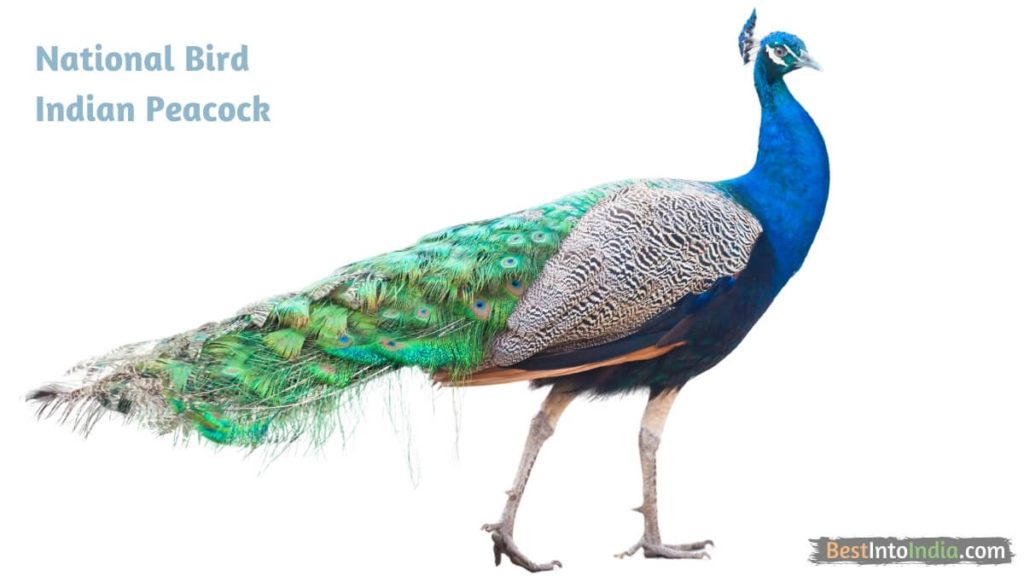
National Heritage Animal of India – Elephant
The elephant is the national heritage animal of India. The Indian elephant is an Asian elephant subspecies discovered in mainland Asia. Indian elephants are reported to be endangered animals by IUCN Red List.
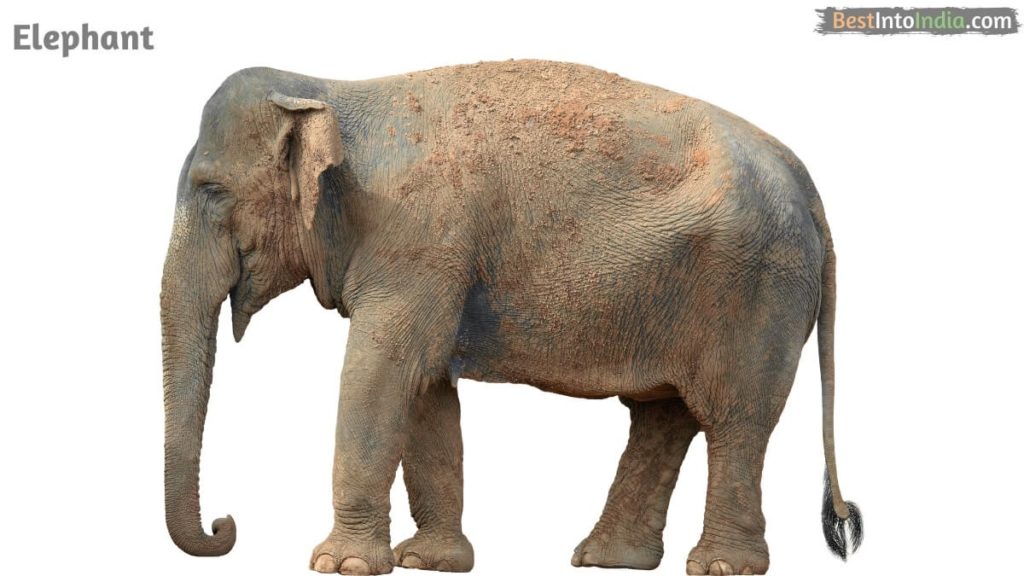
National Reptile of India – King Cobra
The King Cobra is the national reptile of India. It is the longest venomous snake in the world. The King Cobra is 18.5 to 18.8 in length and is found in the forests of Southeast Asia in India.
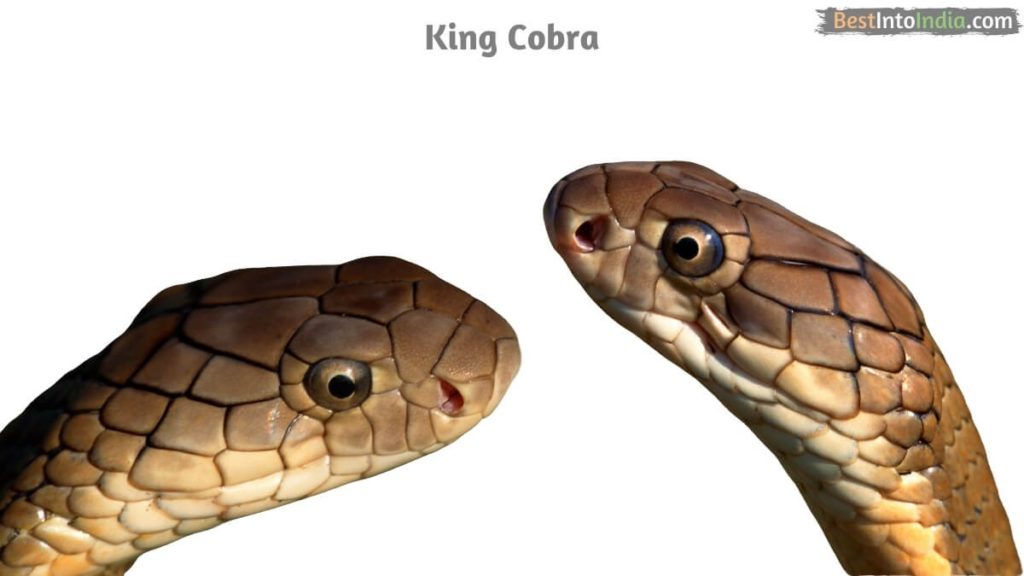
National Aquatic Animal of India – Ganges river dolphin
The Ganges river dolphin is the National Aquatic Animal of India. It is also called as River Dolphin. This dolphin also elected as the city animal of the Guwahati. This river dolphin found in the Ganges, Chambal river, Yamuna river, Brahmaputra river.

National Calendar of India – Saka calendar
In 1957 the Sak Calendar was started by the Calendar Committee, and it is based on the Saka era. Officially usage of this calendar started on 22 March 1957. This calendar follows the signs of the tropical zodiac.
| Chaitra | चैत्र |
| Vaisakha | वैशाख |
| Jyaistha | ज्येष्ठ / जेठ |
| Asadha | आषाढ़ |
| Sravana | श्रावण / सावन |
| Bhadra | भाद्रपद / भादों |
| Asvina | अश्विन / क्वार |
| Kartika | कार्तिक |
| Agrahayana | अग्रहायण / अगहन |
| Pausa | पौष |
| Magha | माघ |
| Phalguna | फाल्गुन |
National Emblem of India – State Emblem of India
India’s national emblem has been taken from the lion capital of Ashoka at Sarnath near Varanasi in Uttar Pradesh.
On January 2, 1950, the Government of India adopted the National emblem of India. Satyamev Jayate(Truth Alone Triumphs) is his motto.
At the very bottom of the national emblem is a fully inverted Blossomed lotus. In the first look, it looks like a bell.
It has sculptures of elephant, horse, bull, and lions in the abacus, and wheels separate these. Above, it is four lions in four directions, pointing north, east, south, and west. The following picture shows only three lions and the fourth is hidden behind the national emblem.
National Currency of India – Indian Rupee
In 2010, the new rupee symbol (₹) was officially adopted, and the first series started in circulation on 8 July 2011. D. Uday Kumar designs this new rupee coin. To design it, he has referred to the Devanagari consonant ‘र’ and the Latin capital letter ‘R’. Before 2010, India used ‘₨’ and ‘Re’ as symbols of the rupee. The Indian Rupee is regulated (controlled) by the Reserve Bank of India.
| Sign | ₹ |
| Currency Code | INR |
| Coins Available | ₹1, ₹2, ₹5, ₹10 |
| Notes Available | ₹5, ₹10, ₹20, ₹50, ₹100, ₹200, ₹500, ₹2,000 |
| Central Bank | Reserve Bank of India |
National Vegetable of India – Pumpkin
The pumpkin is India’s national vegetable. It is also known as ‘kaddu.’ This vegetable is found all over India as it does not require good soil conditions. In warm and hot weather it grows well.
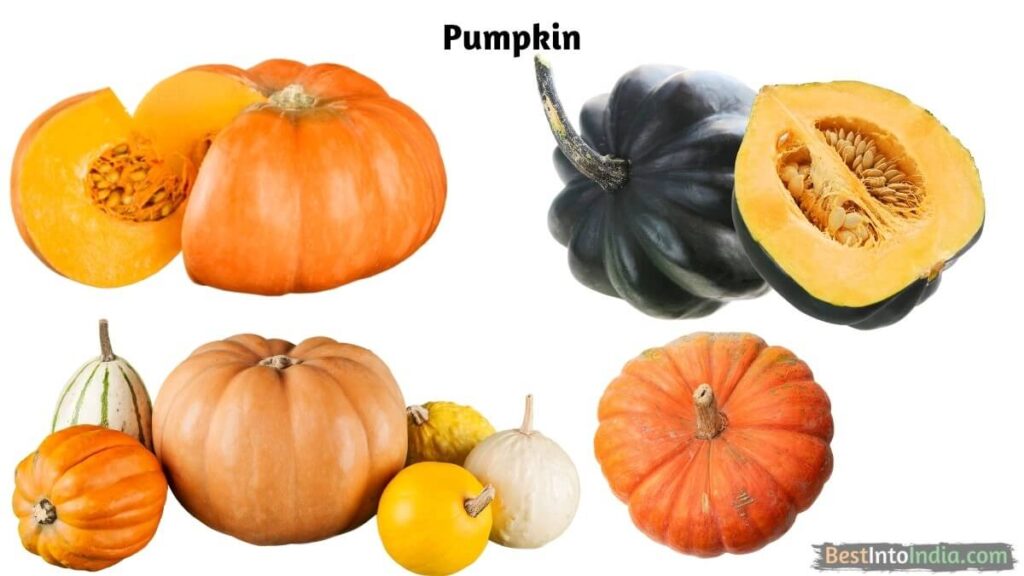
National Pledge of India – Oath of Allegiance
The National Pledge is an oath of allegiance to the Republic of India. Pydimarri Venkata Subba Rao was written in 1962. It is read at public events such as Independence Day and Republic Day celebrations or some school events.
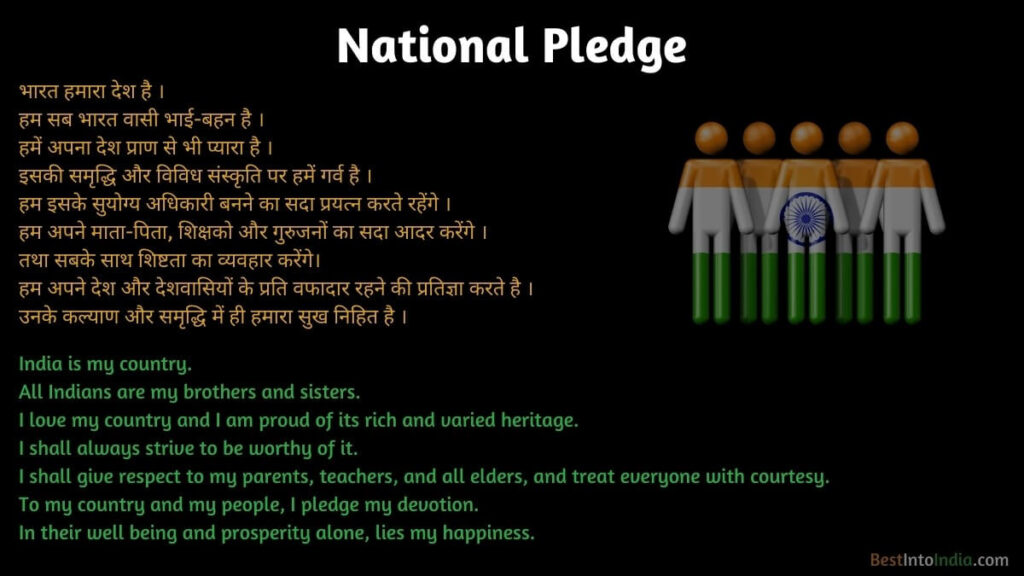
nice
Nice
Thank its helpfull for me..
Wow
Wow superb
It’s so nice
It’s to good
this is so helpful thanks!
Accha ji
Yes thank you so much it was very helpful for me
THIS IS REALLY HELPFUL THANKS!
it is very helpful thanks
Informative.
It helped me in my school homework.
Thank uh
Excellent information. Charts of this information should be displayed in all primary and secondary schools
Nice and thankyou for helping my brother
hi it was actually very good i love it
thank you so much
Thanks for helping me